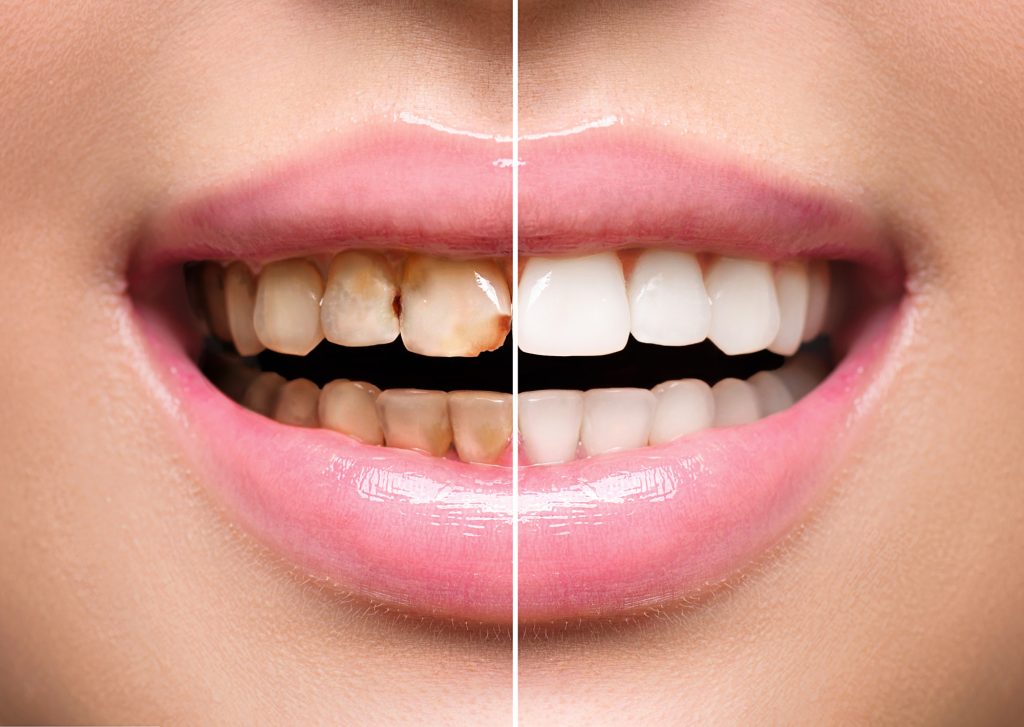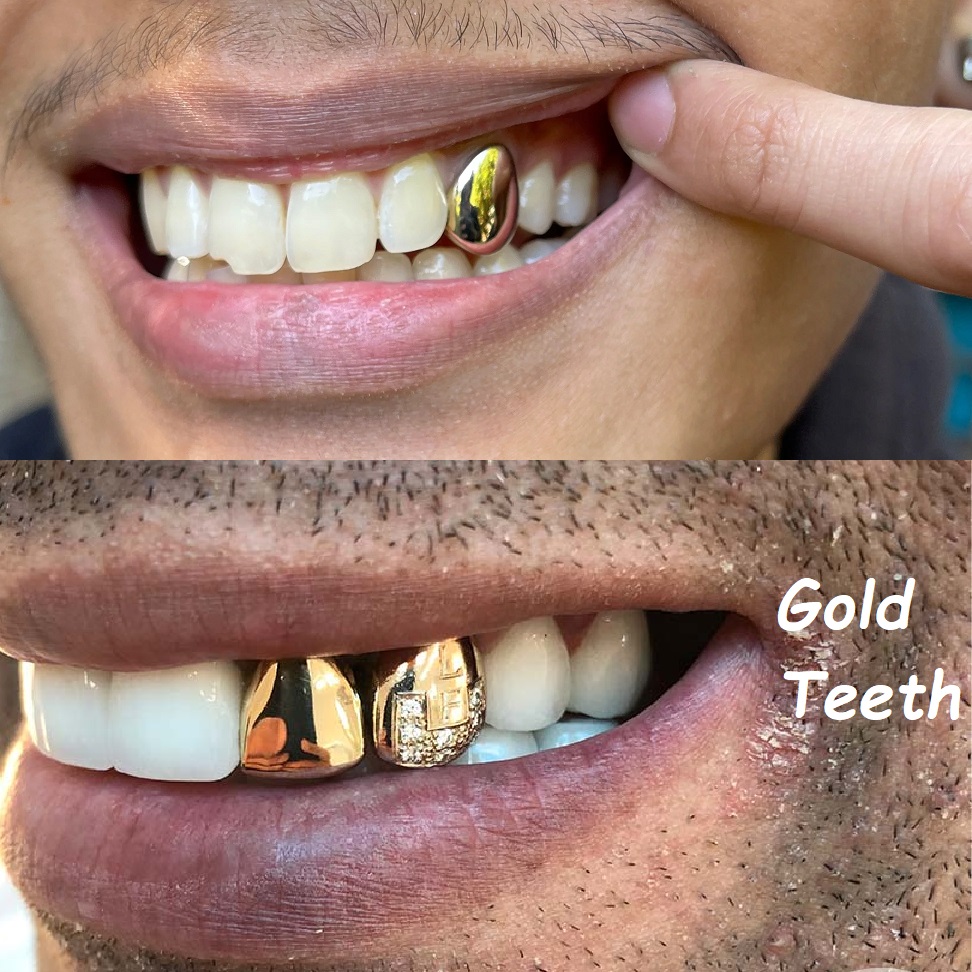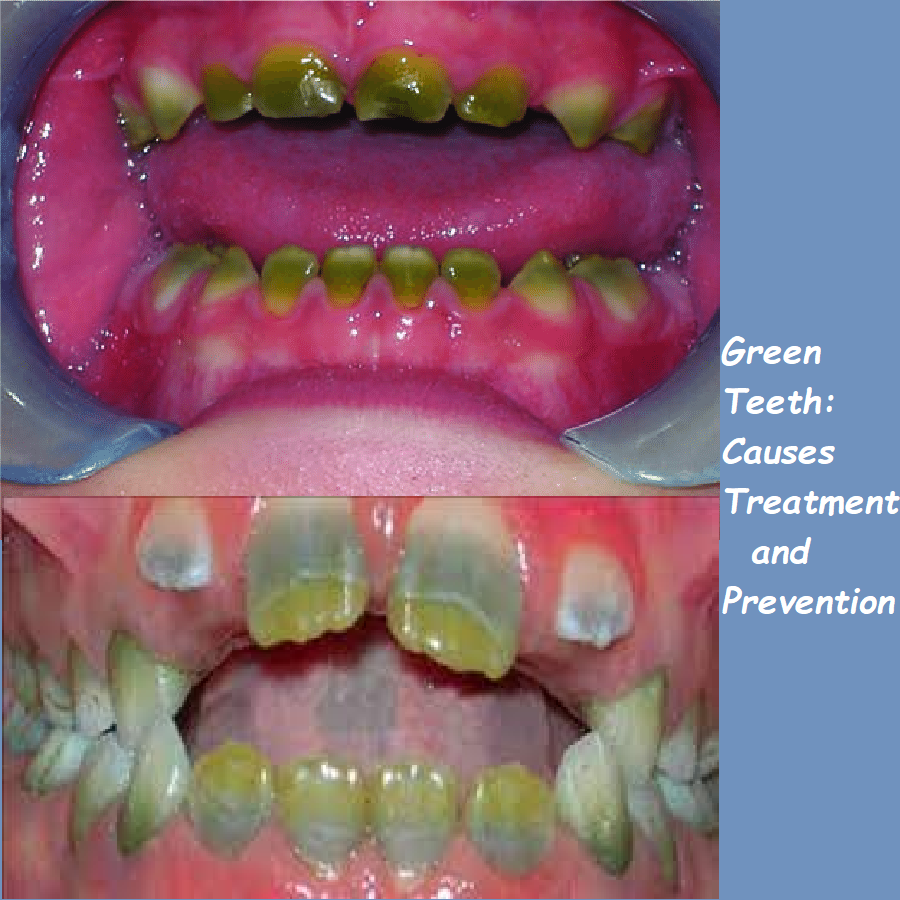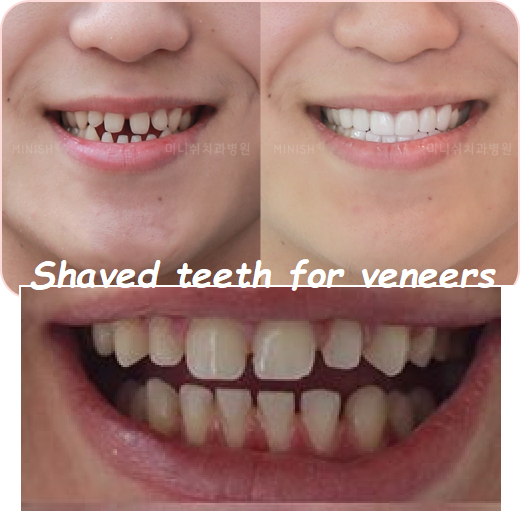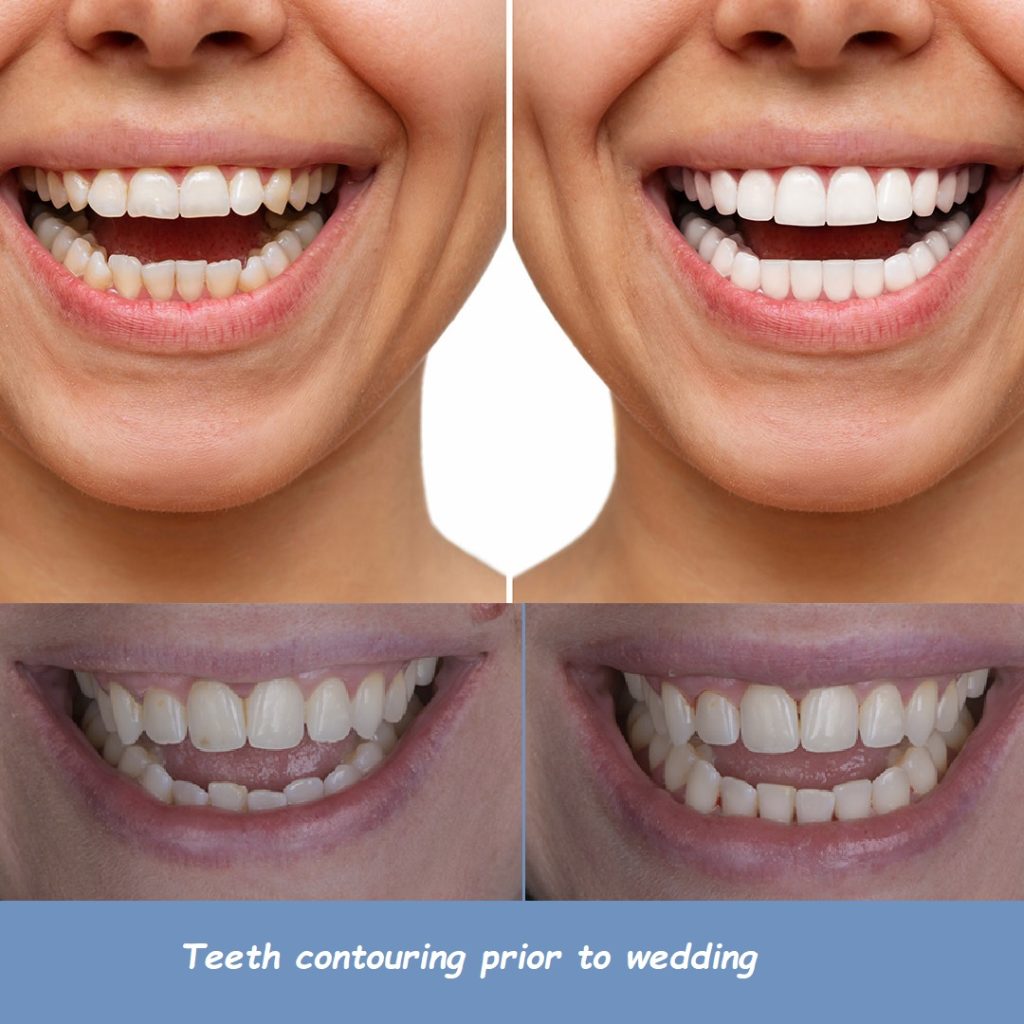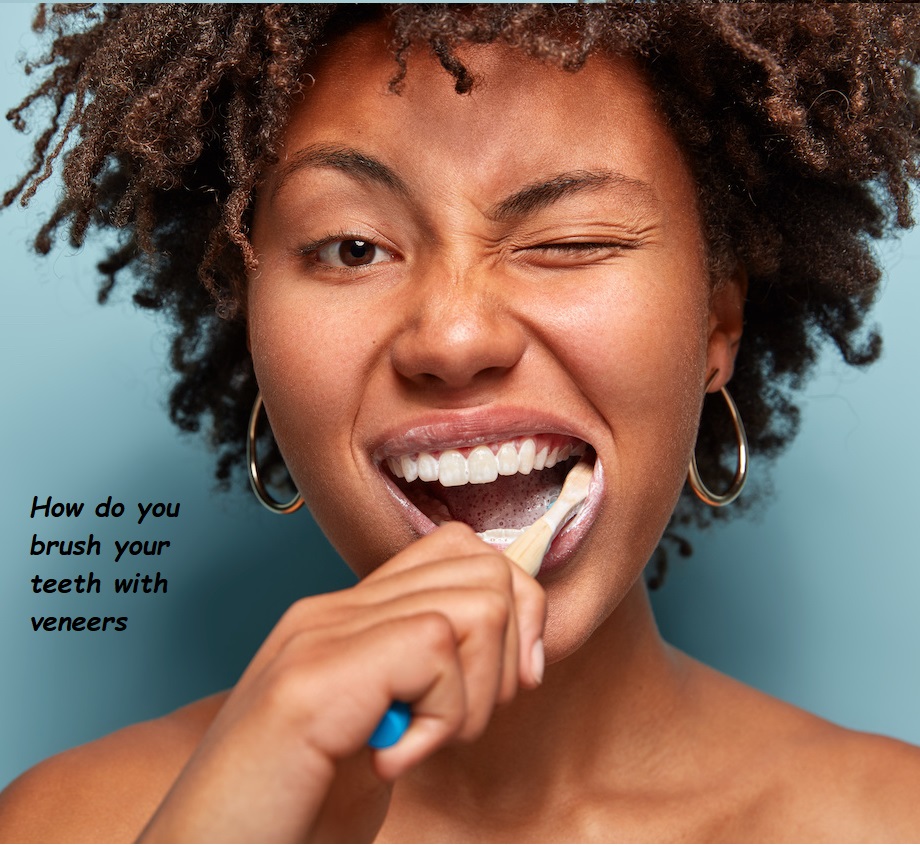How to fix a loose dental crown
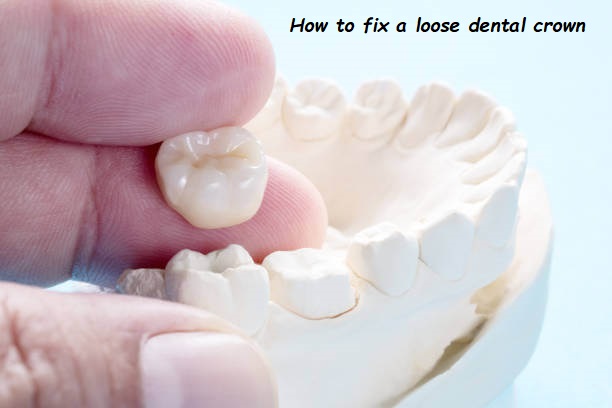
Dental crowns are an essential solution for restoring the functionality and appearance of damaged teeth. However, a loose dental crown can be both uncomfortable and worrisome. Understanding how to fix a loose dental crown is crucial to maintaining your dental health and avoiding further complications. In this comprehensive guide, we will explore the reasons behind a loose dental crown, how to identify the problem, and step-by-step instructions on how to address it effectively.
What is a Dental Crown?
A dental crown is a custom-made cap that covers a damaged tooth, restoring its shape, size, strength, and appearance. Crowns are used to protect weak teeth, restore broken teeth, cover dental implants, and improve the aesthetics of a smile. They are typically made from porcelain, metal, or a combination of both, offering durability and a natural look.
Why Do Dental Crowns Become Loose?
Several factors can cause a dental crown to become loose. Understanding these reasons can help in preventing future issues and ensuring the longevity of your dental crown. Here are some common causes:
1. Cement Failure
The adhesive cement used to bond the crown to the tooth can wear out over time. This can be due to normal wear and tear, poor initial bonding, or improper dental hygiene practices.
2. Tooth Decay
Decay in the underlying tooth structure can weaken the foundation, causing the crown to loosen. This often occurs when bacteria enter the space between the crown and the tooth.
3. Trauma or Injury
Accidental trauma, such as biting down on hard objects or a blow to the face, can dislodge a dental crown. Such incidents require immediate attention to prevent further damage.
4. Bruxism (Teeth Grinding)
Chronic teeth grinding or clenching can exert excessive pressure on dental crowns, leading to loosening or damage. This condition often requires a dental guard to mitigate the effects.
5. Improper Fit
An improperly fitted crown may not adhere well to the tooth, increasing the likelihood of it becoming loose. Regular dental check-ups can help identify and correct fitting issues early.
Signs of a Loose Dental Crown
Recognizing the signs of a loose dental crown can help you take prompt action to fix the problem. Here are some common symptoms:
1. Sensitivity
Increased sensitivity to hot, cold, or sweet foods and drinks can indicate that your dental crown is loose. This sensitivity arises because the underlying tooth is exposed.
2. Discomfort or Pain
A loose crown can cause discomfort or pain, especially when chewing or biting. This pain might be sharp or dull, depending on the severity of the issue.
3. Movement
If you notice any movement or shifting of your dental crown, it is a clear sign that it is loose. You may feel this movement while eating or cleaning your teeth.
4. Visible Gaps
Visible gaps between the crown and the gum line or the adjacent teeth can indicate a loose crown. These gaps can harbor bacteria, leading to further complications.
How to Fix a Loose Dental Crown: Step-by-Step Guide
If you suspect that your dental crown is loose, it is essential to address the issue promptly. While professional dental care is always recommended, there are some steps you can take at home to temporarily fix the problem until you can see your dentist.
Step 1: Assess the Situation
Before attempting any fixes, carefully assess the situation. Determine if the crown is completely detached or just slightly loose. If the crown is completely off, examine the underlying tooth for any visible damage or decay.
Step 2: Clean the Crown and Tooth
Gently clean the dental crown and the underlying tooth to remove any debris or food particles. Use a soft toothbrush and lukewarm water to clean the crown thoroughly. Avoid using any abrasive materials that could damage the crown.
Step 3: Apply Temporary Dental Cement
Temporary dental cement is available at most pharmacies and can be used to reattach the crown temporarily. Follow the instructions on the packaging to apply the cement to the inside of the crown. Carefully place the crown back on the tooth and press down firmly.
Step 4: Bite Down to Set the Crown
Gently bite down to help set the crown in place. Use a piece of gauze or a cotton swab to remove any excess cement that may have squeezed out. Avoid chewing on the affected side for a few hours to allow the cement to set properly.
Step 5: Schedule a Dental Appointment
While temporary dental cement can hold the crown in place for a short period, it is essential to schedule an appointment with your dentist as soon as possible. A professional evaluation will ensure that the crown is properly reattached and that there are no underlying issues.
Preventing Future Issues with Dental Crowns
Prevention is always better than cure. By taking the following steps, you can reduce the risk of your dental crown becoming loose in the future:
1. Maintain Good Oral Hygiene
Brush and floss your teeth regularly to prevent decay and gum disease. Use a fluoride toothpaste and an antibacterial mouthwash to keep your mouth clean and healthy.
2. Avoid Hard Foods
Avoid chewing on hard foods and objects, such as ice, nuts, and pens, which can damage your crown and natural teeth. Opt for softer foods to reduce the risk of trauma.
3. Use a Dental Guard
If you grind or clench your teeth, consider using a dental guard to protect your crowns and natural teeth. A dental guard can absorb the pressure and prevent damage.
4. Regular Dental Check-Ups
Schedule regular dental check-ups to monitor the condition of your crowns and overall oral health. Your dentist can identify potential issues early and provide appropriate solutions.
Professional Treatment Options for Loose Dental Crowns
While temporary fixes can provide relief, professional treatment is necessary to ensure the long-term stability of your dental crown. Here are some professional treatment options:
1. Recementing the Crown
If the crown is still in good condition, your dentist can clean the underlying tooth and the inside of the crown before recementing it. This process involves using a strong dental adhesive to secure the crown in place.
2. Replacing the Crown
If the crown is damaged or if there is significant decay in the underlying tooth, your dentist may recommend replacing the crown. This process involves removing the old crown, treating the underlying tooth, and fitting a new crown.
3. Treating Tooth Decay
If tooth decay is the cause of the loose crown, your dentist will need to remove the decay and restore the tooth before reattaching the crown. This may involve a filling or other restorative procedures.
4. Addressing Bruxism
If bruxism is contributing to the loosening of your crown, your dentist may recommend a custom-made dental guard to protect your teeth. Additionally, managing stress and practicing relaxation techniques can help reduce teeth grinding.
FAQs About Fixing a Loose Dental Crown
Q1: Can I use super glue to fix my loose dental crown?
A: No, you should not use super glue to fix your dental crown. Super glue is not safe for use in the mouth and can cause damage to the crown and underlying tooth. Use temporary dental cement from a pharmacy and see your dentist as soon as possible.
Q2: How long does temporary dental cement last?
A: Temporary dental cement can hold a crown in place for a few days to a week. It is not a permanent solution, and you should see your dentist for a professional fix.
Q3: What should I do if my crown falls off while I am eating?
A: If your crown falls off while eating, carefully remove it from your mouth to avoid swallowing it. Clean the crown and underlying tooth, apply temporary dental cement, and reattach the crown. Schedule an appointment with your dentist promptly.
Q4: Can I eat normally with a loose dental crown?
A: It is best to avoid eating hard or sticky foods with a loose dental crown, as this can worsen the problem. Stick to soft foods until you can see your dentist for a permanent fix.
Q5: How often should I have my dental crowns checked?
A: You should have your dental crowns checked during your regular dental check-ups, typically every six months. Your dentist can monitor the condition of your crowns and address any issues early.
Conclusion
A loose dental crown can be a concerning issue, but with prompt action and proper care, it can be effectively addressed. By understanding the causes, recognizing the signs, and following the steps outlined in this guide, you can manage a loose dental crown until you can receive professional treatment. Remember, maintaining good oral hygiene and regular dental check-ups are key to preventing future issues and ensuring the longevity of your dental crowns. If you experience any problems with your dental crown, don’t hesitate to contact your dentist for expert advice and care.

